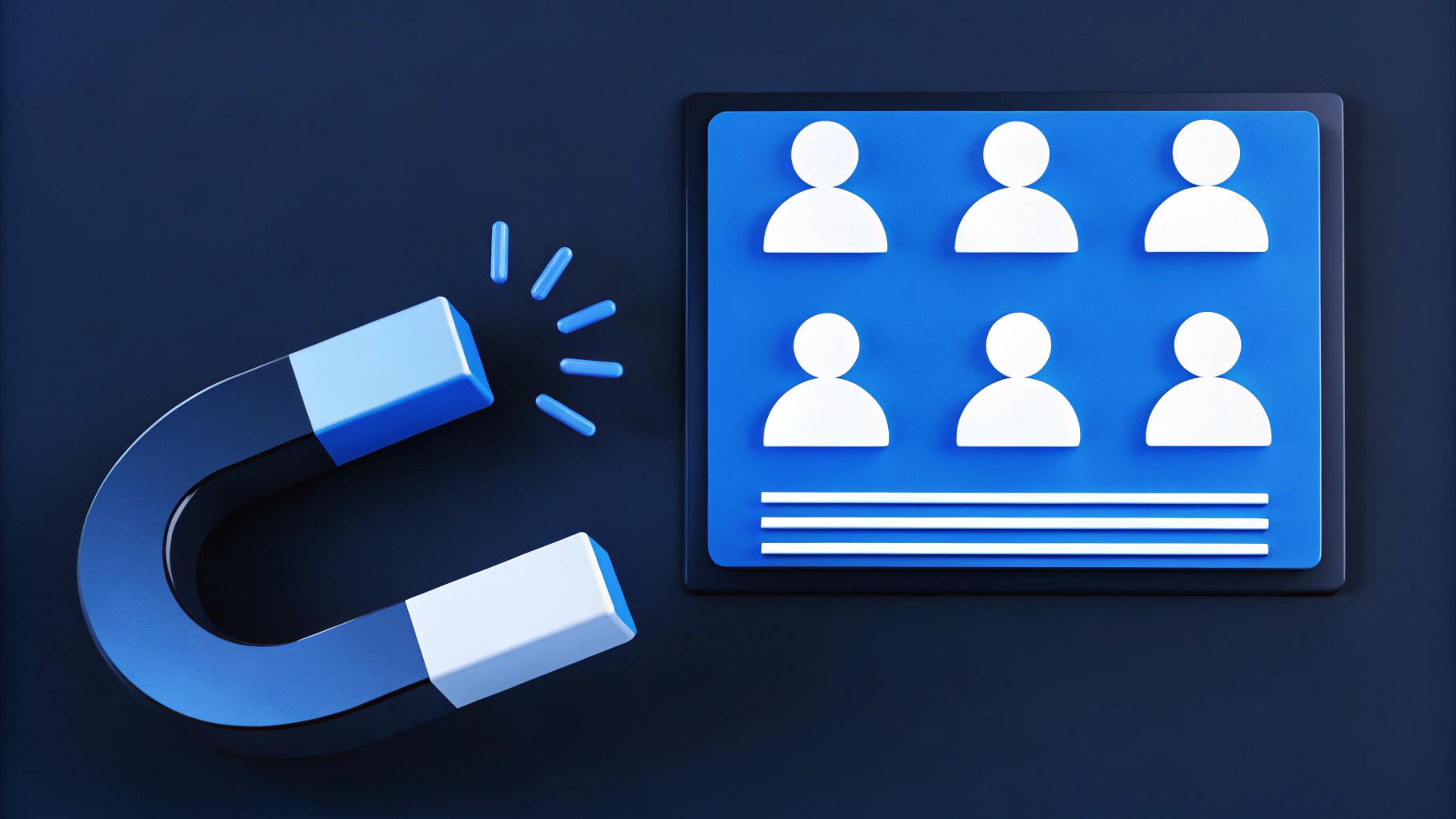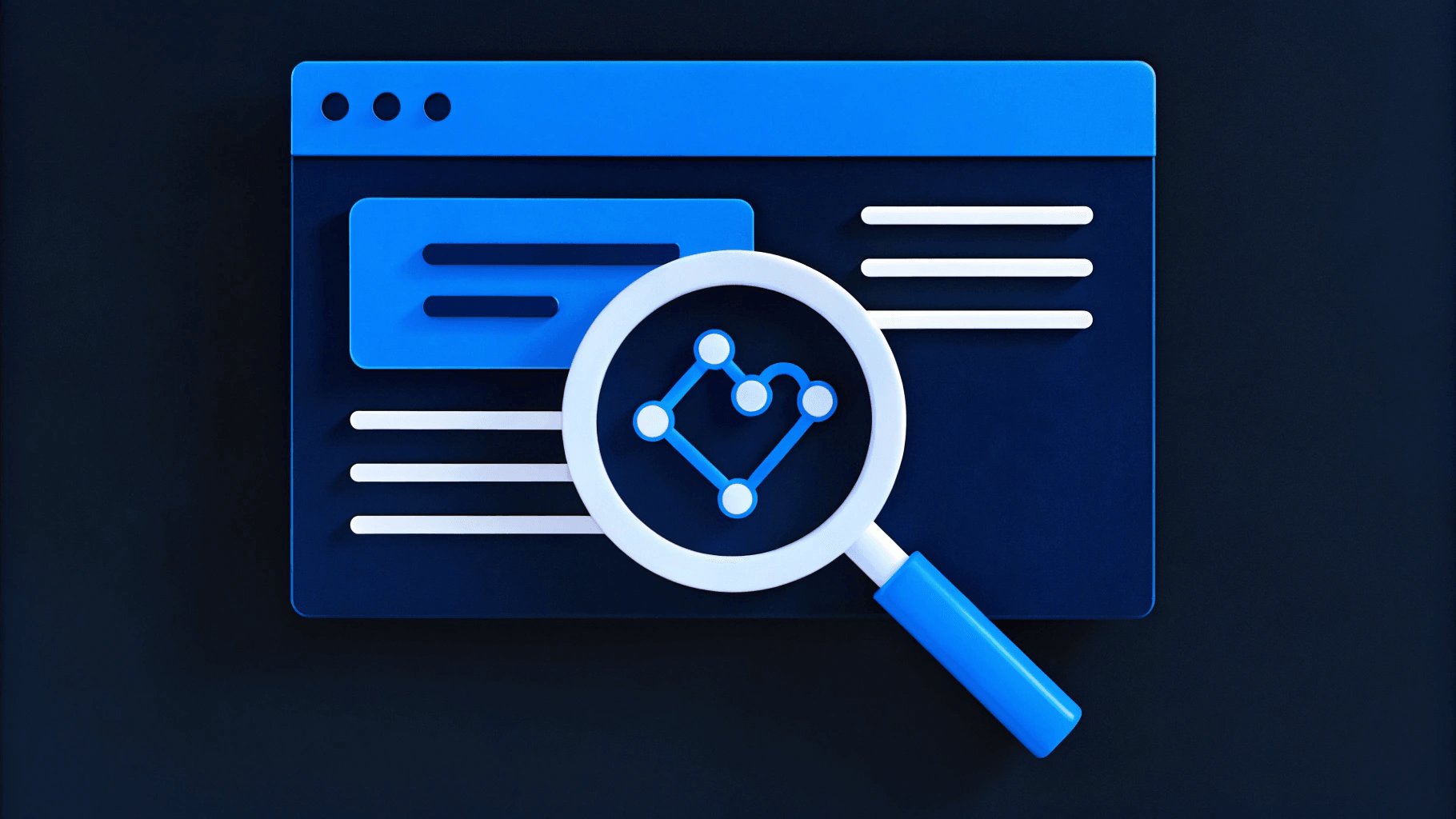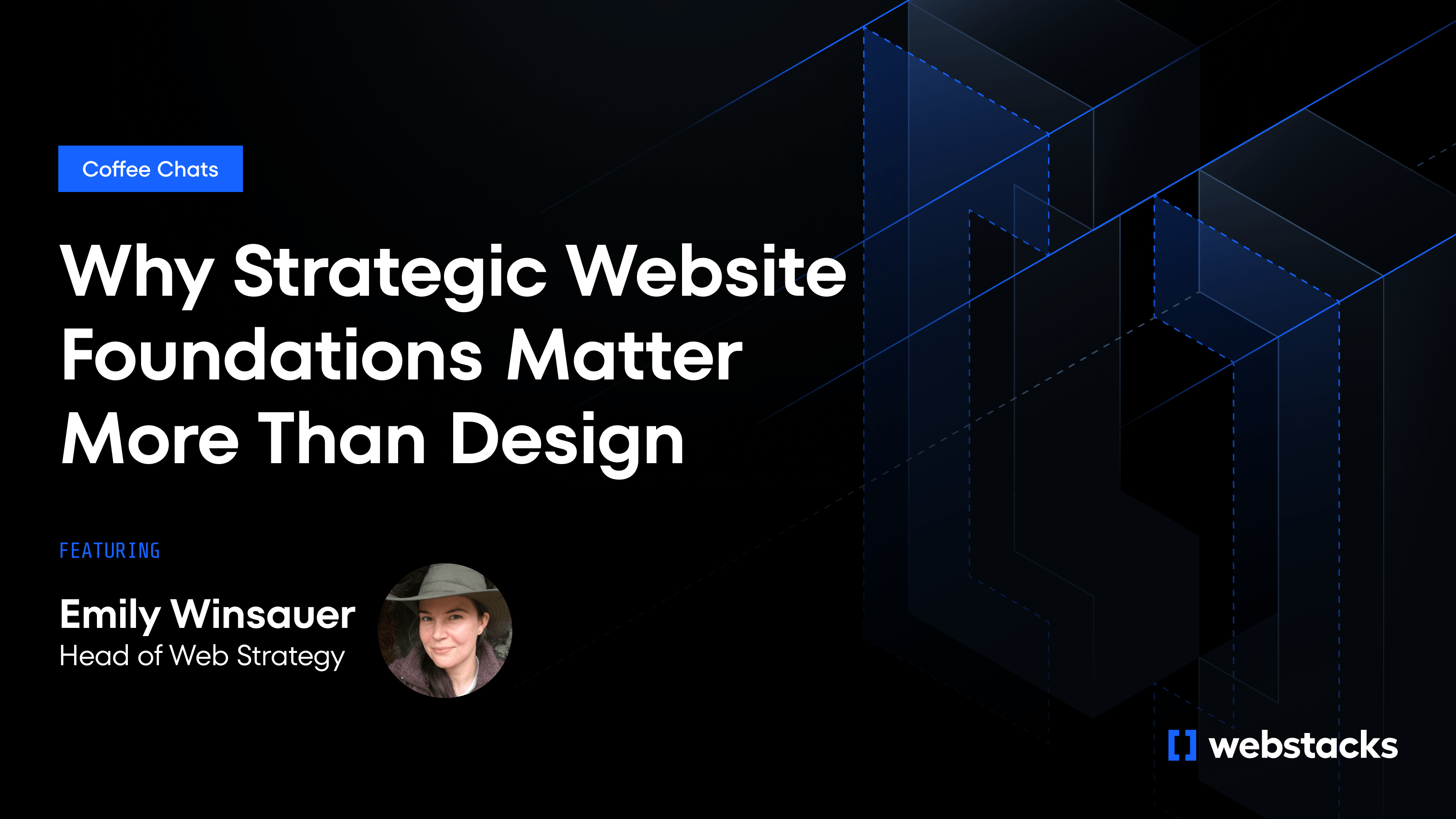SaaS inbound marketing is all about bringing users to you. With the right content, a website that works well, and campaigns that actually help, people find you when they need you.
But most teams are busy. You’re launching features, fixing the funnel, and trying to hit your numbers. Inbound sounds great, but it’s easy to push it aside.
The truth is, you don’t need more tips or tools. You need a system that helps you move faster and turn interest into real growth.
Let’s look at eight inbound techniques that actually drive results for SaaS teams, and how Webstacks helps make them possible.

1. Build a Conversion-Ready Website as Your Inbound Foundation
If your website can’t keep up with your team, your inbound strategy won’t either.
Let’s say your company just launched a new product line. Marketing’s ready to go live with new landing pages, but dev is backed up for weeks. Now you’re stuck and missing a good opportunity.
Inbound marketing starts with your website. It’s where content lives, where leads convert, and where your brand is judged in seconds. The problem is, many SaaS websites aren’t built for speed or growth. They’re hard to update, slow, and rely too much on developers.
At Webstacks, we help SaaS companies treat their website like a product, not a project. That means modular design systems, reusable components, and CMS workflows that give marketing teams more control. Want to test a new headline? Launch a microsite? Update a feature page? You can do it without waiting on engineering.
The outcome:
- Faster launches
- Higher conversions
- A site that grows with your business
If your inbound campaigns feel like they’re stuck in first gear, your website might be the thing holding you back.
2. Create Buyer-Focused Content Across the Funnel
Inbound marketing isn’t just about traffic. It’s about attracting the right people and giving them what they need to take the next step.
Here’s a common situation: You’re getting signups, but they’re not converting. Visitors skim a blog post or download an eBook, then disappear. Why? Because the content didn’t match what they actually needed at that stage.
Good inbound follows the whole buyer journey:
- Early stage: People need a simple explanation of the problem.
- Middle stage: They want comparisons, walkthroughs, and real examples.
- Decision stage: They’re looking for proof, such as case studies, ROI, and social proof.
Take a PLG tool as an example. A new user might start with a beginner's guide. But over time, they want to see how the product solves bigger problems. That’s where explainers, comparison pages, and case studies come in.
At Webstacks, we build sites that make this easier. Our clients organize content by use case and persona, not just format. For example, companies like Calendly have grown faster by connecting their blogs, product pages, and customer stories into one clear system.
When your content speaks to the right person at the right time, your funnel starts to fill on its own.
3. Capture and Qualify Leads with Strategic Gated Offers
Not every visitor is ready to talk to sales, but that doesn’t mean they’re a lost lead.
Let’s say someone’s reading a product comparison on your site. They’re interested, but not enough to book a demo. If you offer something helpful, such as a pricing calculator or a detailed guide, you give them a next step without pressure.
Gated offers still work. They just have to be worth it. Nobody wants to hand over their email for a generic PDF. But an interactive tool that helps them scope ROI? Or a short course that teaches them how to solve a problem your product addresses? That’s useful.
What matters most is intent. You don’t need more leads, you need better ones. Smart SaaS teams use gated content to qualify prospects before they ever talk to a rep.
And when your website is set up to support this with simple forms and smart follow-up, you can turn mid-funnel interest into real pipeline.
Webstacks helps clients build these flows into their site architecture. So your marketing team isn’t just collecting emails—they’re creating momentum.
4. Use SEO to Scale Organic Acquisition
If your content isn't showing up in search, you’re missing buyers who are already looking for what you offer.
Most SaaS teams know SEO matters, but they don’t have the right setup or the time to manage it. You might have great blog posts buried under poor site structure. Or product pages that load slow and underperform. Or worse, content stuck in a CMS that marketers can’t update without dev help.
SEO isn’t just about keywords. It’s about the technical setup, page speed, linking between content, and clear organization. It’s the foundation for long-term growth.
Webstacks helps SaaS companies build that foundation from day one. We optimize for Core Web Vitals. We implement CMS workflows that let marketers own SEO without touching code. And we structure content so Google and users can find it fast.
For example, Justworks came to Webstacks with performance and scalability issues tied to their content infrastructure. After migrating to a modern headless setup and optimizing for technical SEO, they saw faster site speeds and better control over content delivery across pages. This helped their team scale inbound efforts without adding complexity.
5. Enable Product-Led Growth with Embedded Content
Product-led growth doesn’t stop when someone signs up. If they don’t start using the product or upgrade to a paid plan, you’re losing potential revenue.
Let’s say a user just signed up for your free plan. They click around a bit, do one or two things, then leave. What’s missing isn’t another email. It’s clear guidance inside the product that helps them keep going.
That’s where embedded content makes a difference. It helps users stay engaged without leaving the product experience. Examples include:
- Beginner tips for new users
- Step-by-step walkthroughs
- Feature highlights that explain key tools
- Contextual prompts that appear at the right time
These assets guide users while they’re in the product, without interrupting their flow.
For SaaS companies using a PLG model, this kind of content helps turn signups into active users who upgrade on their own.
The team at Semgrep needed a website that supported this approach. Webstacks helped them build a flexible site with reusable parts and an easy-to-use CMS. Now they can easily show in-app guides, technical docs, and developer-focused onboarding.
Inbound doesn’t end on your blog. Sometimes, your strongest funnel is the product itself.

6. Power Nurture Campaigns with Lifecycle Email Automation
Most leads won’t buy right away. But that doesn’t mean they’re not interested.
Maybe someone signed up for a free trial and didn’t come back. Or they downloaded something, looked around a bit, and then stopped. These leads are not lost, they just need the right nudge.
Smart SaaS teams send emails based on what people do, not on a set schedule. That way, the message makes sense for where the lead is in their journey.
For example:
- If someone looks at your pricing page, send them a quick customer story
- If a trial user didn’t finish setup, send them a link to pick up where they left off
- If someone reads a few blog posts on the same topic, invite them to a short webinar
The goal is to send better emails at the right time instead of spamming people's inboxes.
Webstacks helps marketing teams build websites that make this easier. We organize your content and CMS so it connects smoothly with your email tools and gives every lead a more personal experience.
When your website and emails work together, more leads turn into customers.
7. Fuel Inbound Momentum Through Strategic Partnerships
Inbound doesn’t always start from scratch. Sometimes, your best traffic and leads come through someone else’s audience.
For SaaS companies, partnerships aren’t just about integrations. They help you reach more people through:
- Co-hosted webinars
- Shared landing pages
- Guest blog posts
- Partner directories
Each one gets your product in front of the right buyers, faster.
Let’s say you build a workflow automation tool. If you partner with a CRM or HR platform, you can solve more of the customer’s problems together. At the same time, you’ll get clicks and earn trust by association.
This works particularly well if your brand is still growing. A mention on a partner’s website or a shared email campaign can bring in more qualified traffic than paid ads, and often convert better, too.
The best partnerships happen when both sides share a customer base, but bring something different to the table.
Webstacks works with SaaS brands to build landing pages and gated assets that support these joint efforts. We also structure CMS setups to make partner content easy to launch and update, so marketing doesn’t have to wait on dev.
HeyGen, for example, worked with Webstacks to restructure their digital presence and expand visibility across partners and co-branded assets. That helped them grow faster and connect with more users and collaborators.
If inbound has started to plateau, partnerships can add a serious boost without doubling your workload.
8. Use Data and Experimentation to Continuously Optimize
Inbound works best when it’s treated like an ongoing experiment, not a finished campaign.
Your content might be solid. Your site might be clean. But if you’re not testing what works and improving what doesn’t, growth will stall.
Here’s an example:
Your lead form has a 2% conversion rate. That might sound fine, until you A/B test the CTA and see one version jump to 4.5%. Same traffic, more than double the results.
The same goes for headlines, page layouts, blog topics, and even internal links. Small tweaks, backed by data, can unlock major wins.
This only works if your team has the freedom to act on insights. That’s where most SaaS companies get stuck. You spot something to improve, but updating the page means filing a ticket and waiting weeks for the dev team to get to it.
Webstacks helps marketing teams avoid these slowdowns. We build websites where they can make changes, test ideas, add new content, and update pages without waiting on developers.
PowerFactors is a good example. They came to Webstacks as they wanted to test new content and messaging quickly. By switching to a modular setup and building a testing system, their team was able to make changes independently and improve things in real time.
When your team uses data to make real changes instead of only reporting it, your inbound marketing strengthens and builds on itself over time.
Build Inbound That Actually Scales
Inbound marketing only works when the system behind it works too.
You can have great content and campaigns, but if your website is slow, your CMS is a mess, or your team can’t move quickly, everything slows down. Growth doesn’t come from doing more. It comes from building smarter.
The strategies in this article are ways to give your team more control, reduce delays, and turn interest into results.
Webstacks can be a valuable partner for that. We help SaaS companies build digital systems that support inbound growth, from flexible design setups to CMS workflows that put marketers in control.
If your current setup is holding you back, let’s fix it. We’ll help you build a system that supports how your team works—and scales with you as you grow.




